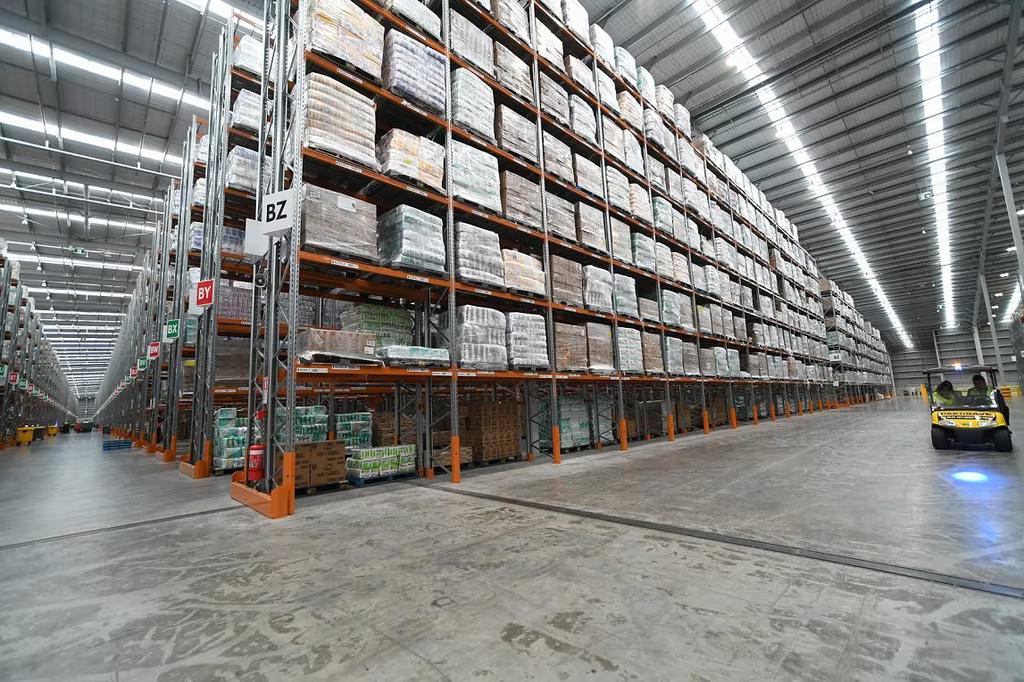
Media Release: Cost increases from grocery suppliers to supermarkets increase 10.0% in January
Cost increases from grocery suppliers to supermarkets have plateaued but remain at record levels after a considerable string of rapid rises in 2022. The Infometrics-Foodstuffs New Zealand Grocery Supplier Cost Index (GSCI) shows a 10.0%pa rise in January 2023, a slight slowdown on the 10.6%pa recorded in December 2022. Supplier costs still rose in January from December, but with a softer month-to-month increase seeing the annual rate of growth ease a touch from December 2022.
“Although it seems like there is potential for supplier cost increases to have plateaued, we’re not certain about the change in trend yet. The usual summer cost change moratorium was in place until the end of January, and so it’s still unclear if supplier cost pressures are stabilising,” says Infometrics Principal Economist and Chief Executive Brad Olsen. Moratoriums are used by many companies and industries to minimise system changes and protect trading for customers over the holiday period.
The Infometrics-Foodstuffs New Zealand Grocery Supplier Cost Index (GSCI) measures the change in the cost of grocery goods charged by suppliers to the Foodstuffs North Island and South Island cooperatives. The Index utilises detailed Foodstuffs NZ data across over 60,000 products Foodstuffs buys to stock in store, making it the largest dataset of its type in New Zealand, to give a real time view on supplier cost changes.
Every month, the Index tracks what it costs supermarkets to buy the goods to put on the shelf. Previous analysis shows that supplier costs are the major component of supermarket prices, representing two-thirds of the on-shelf price.
Broader economic developments highlight the persistence of inflation, with input cost increases still putting further pressure on suppliers. Although shipping costs and fuel prices have moderated, providing some relief, international food prices haven’t started to drop and have instead plateaued.
“Supplier costs remain higher than a year ago across all departments. Produce costs have risen considerably in the last year, up by 22%pa in January 2023. Recent bad weather across the country is expected to reduce production and yields of some food items which, combined with sustained inflationary pressures, will keep supplier costs high,” says Mr Olsen.
“Global food prices rose marginally in January 2023 but remain broadly static in recent months.” The World Bank commodity price index showed that food prices rose 0.4% in January from the month before, keeping international food prices 2% above the same time last year.
“The government’s subsidy of Road User Charges (RUCs) has been important to prevent even more transport-related cost pressures flowing into grocery supplier costs. The recent announcement of an extension to the RUC subsidy will continue to reduce otherwise higher cost pressures,” says Mr Olsen.
ENDS
Note:
The Infometrics-Foodstuffs New Zealand Grocery Supplier Cost Index (GSCI) measures the change in the cost of grocery goods charged by suppliers to the Foodstuffs North and South Island cooperatives.
The Index utilises detailed Foodstuffs NZ data, across over 60,000 products, analysed by independent economics consultancy Infometrics to produce the GSCI and publish it on a monthly basis. For more details see www.infometrics.co.nz/product/grocery-supplier-cost-index.









